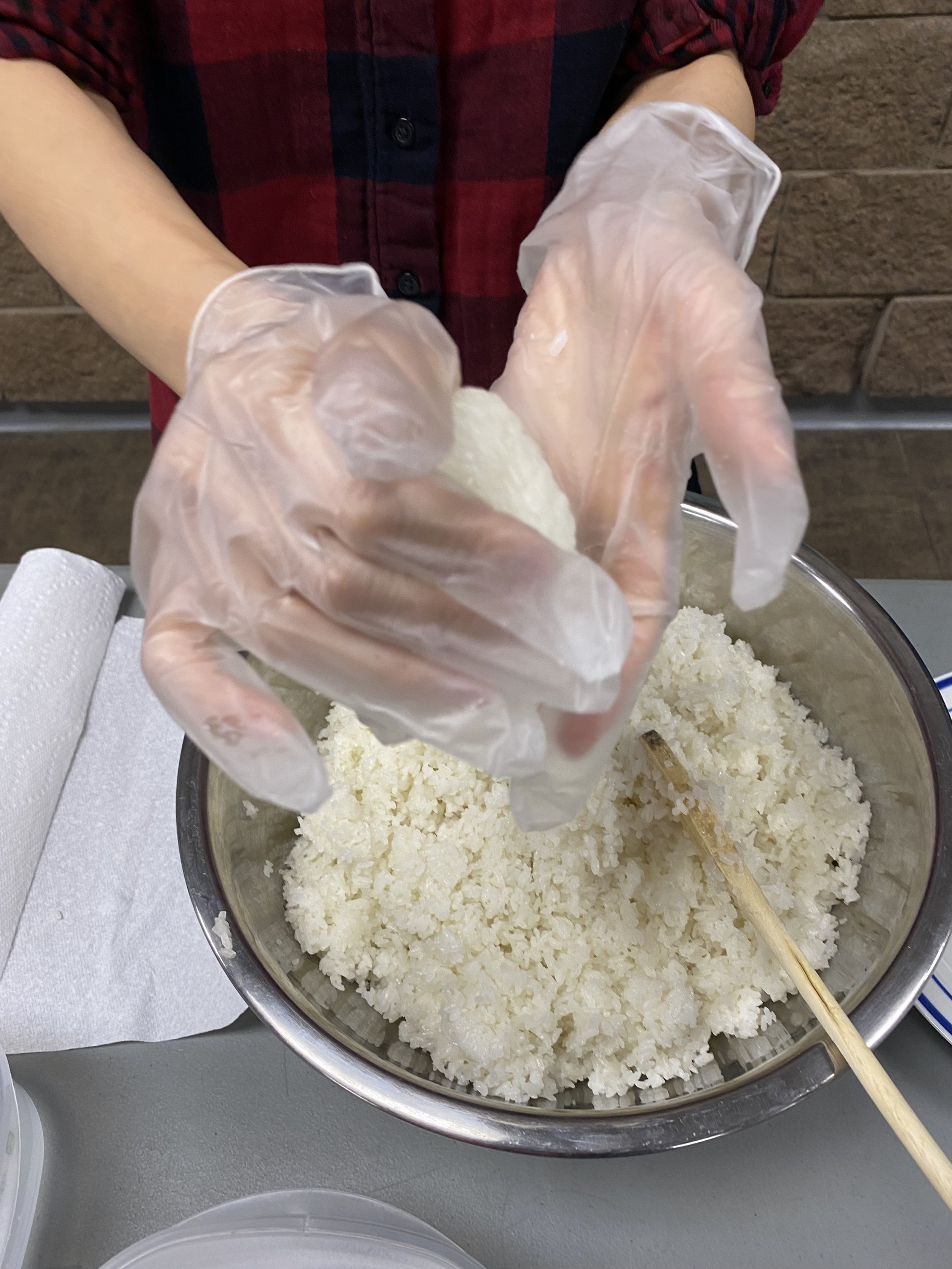Sunnyside is on the cusp of a major cut through traffic problem. This time it will be bigger than anything we’ve ever seen before.
In 2023, Memorial Drive in Sunnyside saw upwards of 35,000 vehicles each day, with 17,000 vehicles heading east, and 18,000 heading west. This data is according to the City of Calgary’s Traffic Counts System that is available on Calgary.ca. These are record high volumes, demonstrating that Memorial Drive has fully returned to pre-pandemic traffic levels and then some.
As any Sunnyside resident will know, everything is fine on Memorial Drive, until it’s not. As soon as there’s a backup, drivers who are stuck idling beside one of the six streets that intersect Memorial consider cutting through Sunnyside. When they do, Sunnyside’s residential streets, like 2 Ave NW which typically only sees 2,000 vehicles a day, fall into a combination of gridlock and dangerously fast-moving vehicles.
So, what’s about to change? The construction of the new Sunnyside Flood Barrier.
Sunnyside residents have been patiently waiting for 11 years to see a new and better flood barrier constructed and it is finally going to happen! But when construction starts, Memorial Drive will be reduced to 1 lane in either direction. This lane reduction is estimated to last between 18 and 24 months.
Without any measures taken to dissuade drivers from cutting through Sunnyside, residents can expect to see commuters congesting and speeding on our streets for up to 2 years.
What can be done?
Cut-through traffic is not a new concern for Sunnyside, so there are lots of ideas that have been implemented or considered in the past. There are also new ideas that we haven’t tried before, and this may be the opportunity to pilot them during the flood barrier construction. Here are some examples:
Closing off access. You can’t cut through what you can’t access. In 1980, access to Memorial on 7 St NW was closed. More of the remaining six streets that access Memorial could be closed as well. But Sunnyside residents also like their access to Memorial Drive resulting in past considerations of this measure being dismissed. Maybe now is the time to pilot this idea with temporary barriers. For example, at the east end of Sunnyside, all but one of the streets connecting to Memorial could be blocked off with the remaining street having a temporary traffic light to ensure access is possible.
Closing access could also happen at the other end. You can’t cut through Sunnyside if it’s a dead end. Closing the neighbourhood’s west-bound vehicle access to 10 St NW from 2 Ave NW and 4 Ave NW during the evening rush hour, would make Sunnyside only exit-able by vehicle from Memorial for a couple hours each afternoon. Having signs at the east end entry points explaining no through access would deter drivers from trying.
Lowering the Speed Limit. Drivers who choose to cut through are looking for a fast route to escape congestion. Maybe Sunnyside should pilot a 30 km/h neighbourhood speed limit, that way the neighbourhood isn’t offering a “fast” alternative. The speed limit on Memorial Drive could also be lowered. It is a major east-west corridor for vehicle traffic and people view it as a quick way to get across this part of the city. Lowering the speed limit on Memorial keeps that corridor open, but makes it less attractive. For example the speed limit on Memorial between Edmonton Trail and 14 Street NW could be lowered down to 40 km/h or even 30 km/h during the construction phase.
Closing Centre Street Lower Deck. The City has in recent years closed the lower deck to vehicle traffic. First during the pandemic and then later to accommodate flood mitigation construction. Closing the lower deck during construction of the flood barrier would eliminate a source of the traffic created on Memorial Drive that ultimately will cut-through Sunnyside. If closing the lower deck is a “bridge too far” (pun intended), maybe eliminating alternating lanes during the evening rush hour to lessen the volume of vehicles on Memorial is worth considering.
What ideas do you like? Do you have other ideas you’d like the city to pilot during the flood barrier construction?
The HSCA Mobility Committee would like to know your thoughts and ideas. You can let us know using the survey accessed in the following QR Code. You can also share your thoughts or concerns directly with the City by making a 311 request online or by phone. You can also contact the Ward 7 office and let them know you’d like to see proactive measures taken.
Cut-Through Traffic Survey is available here
or











































